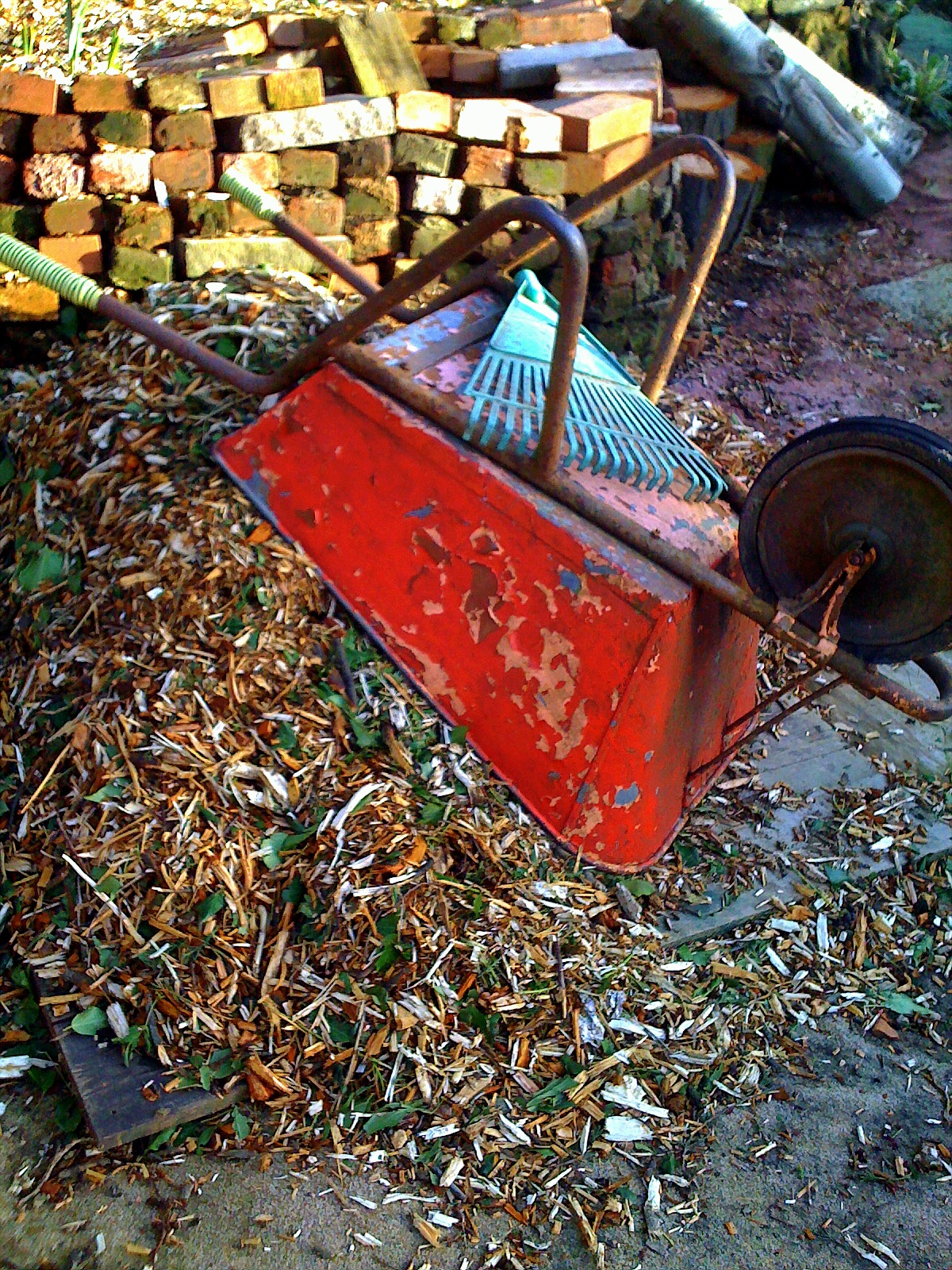In love with leeks
Leeks are great food to grow, no trouble in the ground and I get lots of them from a very small area. They are easy to grow in the UK's not too dry and not too hot climate. I love growing them - they taste so much better fresh from the garden and as they are expensive to buy. Seeing them standing, so resolute and so exhberant makes me smile.
I normally grow about 50 a year, this guarantees me enough leeks in the autumn and winter to eat about four a week.
A few weeks ago I planted a whole pile of seeds in trays and put them in the cold greenhouse and they have already germinated.
 |
| Seed trays with leeks - you can't see them yet, but they are there - tiny weeny little leeks just unfurling from their seeds. There are also broad bean seeds in the toilet rolls. |
New bugs make growing things very difficult
As the climate in southern England changes we are becoming home to all sorts of new pests and plant diseases. Leek moths are one of them.
I've never seen a leek moth, but I'm not impressed. They lay their eggs on leeks and when they hatch the maggots eat tunnels back and fore inside the leek and spoil them. I lost all of my leeks to this pest this autumn. No leeks to harvest this autumn and winter just gone.
:-(
It seems the only way to guard against leek moth it is to plant leeks in ground that has been free of leeks for at least 5 years. The only area of my garden that hasn't grown leeks in the last 5 years is my strawberry beds. So I am digging out one of my strawberry beds to grow leeks.
Out with the old
Its no big deal, old gardeners wisdom says that strawberry beds should be dug out every third year or so. As the plants get older they become woody and more prone to throw out runners instead of fruit. My oldest strawberries have been in for six years so I am going to dig out that bed and grow leeks there.
 |
| My strawberry beds are the two closest beds after the first bed (flowers) Here they are netted to protect the fruit from birds |
In between one rain storm and another I dug through the oldest bed of strawberries. Strawberries are very tenacious plants. Just like their cousins buttercups, they grow deep woody roots with loads of fibrous offshoots. Its very difficult to pull them out so they have to be dug up.
| I chose the right hand bed to dig out as this bed has been in the longest and was overcrowded with old plants |
| The woody roots of strawberry plants. They all went in the compost |
| All gone! |
In with the new!
The baby leeks won't be ready to plant out for at least two months, so instead of leaving the bed empty I will plant some mini broccoli as soon as the soil is warm enough, fingers crossed for the the middle of march. To help the soil warm up and dry out I'm cheating - I'm covering the soil with a black plastic sheet to keep off any more rain and absorb heat from the sun.These mini broccolis (called sprouting turnip tops here in the UK) are quick to grow, I'll be eating them at least a month before the standard type broccoli will be ready to harvest. Yum! they are delicious and I have never seen them for sale in the shops.
 |
| These grow 6 to 10 inches tall . They are cool weather plants, one variety for spring and one for autumn sowing. |












